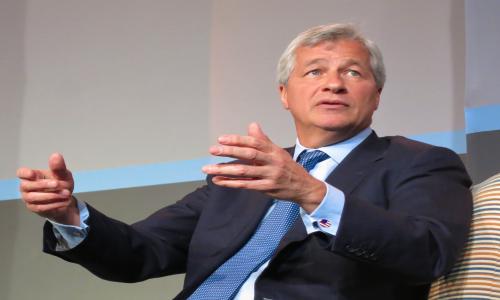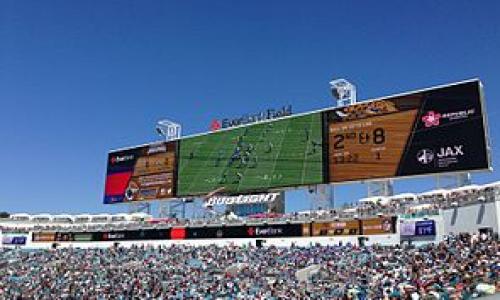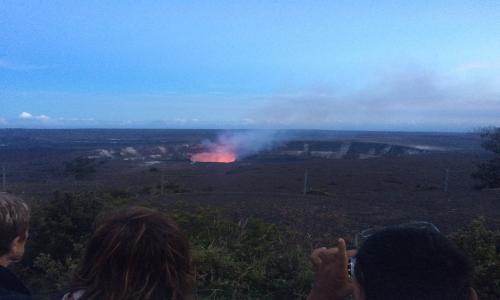I took a bit of a summer break on charting the decline in savings and cd rates, hoping that when I returned, the trends would different. I knew it was false hope, and so it was. Savings and CD rates continued their decline, with the average savings rate dropping below 1.3% APY and the 5-year average CD rate breaking below 3% APY. Here's the run-down.
Savings Rates
Average rates dropped slightly from 1.31% APY to 1.27% APY. over the past month. The top non-promotional rate is Southern Community Bank's Ready Saver account at 1.50% APY. In May the same account yielded 2% APY. For promotional rates, Everbank remains on top with their 3-month introductory bonus rate of 2.25% APY. After the three-month period, the rate drops down to 1.26% APY for a blended one year APY of 1.51% APY. We've notw reached a point where Everbank's blended 1 year APY is now the top rate.
CD Rates
The average 1-year CD dropped from 1.55% APY to 1.52% APY. Sallie Mae Bank now offers the top rate of 1.55% APY on the 1-year with only a $1 minimum deposit.
The average 3-year CD rate was actually pretty stable over the past four weeks moving down just one basis point from 2.37% to 2.36% APY. The top spot continues to be occupied by USAA Federal Savings Bank, which offers a 2.56% APY CD with a minimum deposit of $175,000 (down from 2.65% APY last month). The next highest rate is New Dominion Direct at 2.50% APY and a $3,000 minimum deposit.
The average 5-year CD rate dropped from 3.07% to 2.93% APY. The average has now dropped below 3% APY.
USAA continues to have the top rate at 3.31% APY. This rate has held for the past 6 weeks. The second highest rate is held by Sallie Mae Bank at 3% APY.
The spread between savings and 3-year CD rates remained steady over the past month and is currently at significatly last week and is now at 1.09, down from a high of 1.24 in March. The ratio between 1-year CDs and 5-year CDs continued to drop over the past for weeks. What does that mean? Longer term rates are no longer holding their own and are dropping at a faster rate than short-term rates. All rates are continuing to move towards 0. As we predicted last month, 5-year CD rates are moving below 3% APY.
A lackluster economy and continued discussion of deflation means that there is no end in site for low-rate-itis. Expect deposit account rates to continue to drift lower until we see some signal that the economy is improving and the Fed is getting ready to raise the Fed Funds rate.













Comments
Shorebreak
July 17, 2010
This downward trend on deposit rates has a long way to go. Deflationary pressures and this stop/start recovery with lingering joblessness has the aura of a Japanese "lost decade" to it. More quantitative easing (QE) and bond purchases by the Fed are possible with the intent of flattening the yield curve. This points to extremely low deposit rates for years to come. A three percent yielding 5-year certificate of deposit (CD)will look good going forward. Meanwhile, treasury rates are tumbling as the bond buyers smell deflation. See:
http://www.bloomberg.com/news/2010-07-17/treasury-two-year-note-yields-tumble-to-a-record-low-as-economy-weakens.html
Is this review helpful? Yes:0 / No: 0
Add your Comment
use your Google account
or use your BestCashCow account